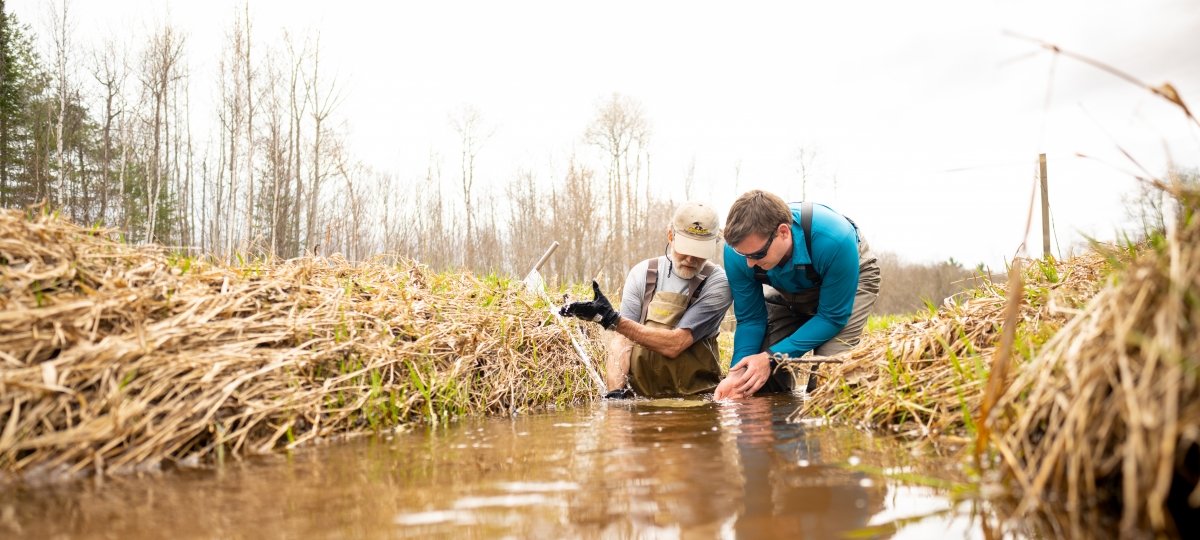The Problem
A landmark 2018 report from the Intergovernmental Science-Policy Platform on Biodiversity and Ecosystem Services (IPBES) has found environmental well-being is declining globally at rates unprecedented in human history, and the "rate of species extinctions is accelerating, with grave impacts on people around the world." The report found that approximately 1 million animal and plant species "are now threatened with extinction, many within decades, at a rate of loss" that is more than ever before in human history. In addition, ~two billion hectares—23% of landscapes under human use—are degraded, negatively impacting ecological integrity and agricultural productivity.
The degradation of ecosystems directly undermines the well-being of 3.2 billion people and costs about 10% of the annual global gross domestic product in loss of species and ecosystems services, including supply of freshwater, protection against floods and provision of habitat for species such as fish and pollinators.
Potential Solutions
Environmental restoration is an important tool for improving degraded and destroyed ecosystems and is a proven method to ameliorate climate change and enhance food security/sovereignty, water supplies and biodiversity. The FAO states that "restoration of 350 million hectares of degraded land between now and 2030 could generate US $9 trillion in ecosystem services" and sequester an additional 13 to 26 gigatons of greenhouse gases out of the atmosphere.
Still there are many questions on how to effectively restore degraded environments. ERH aims to conduct research that identifies problems and best practices.
